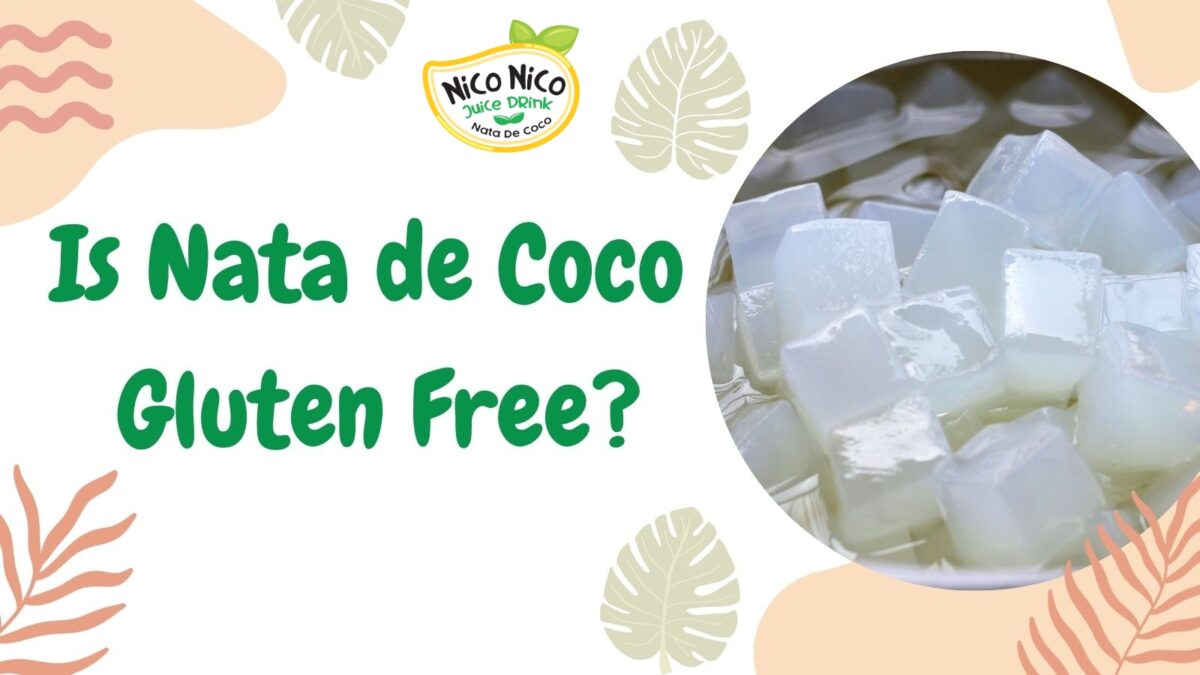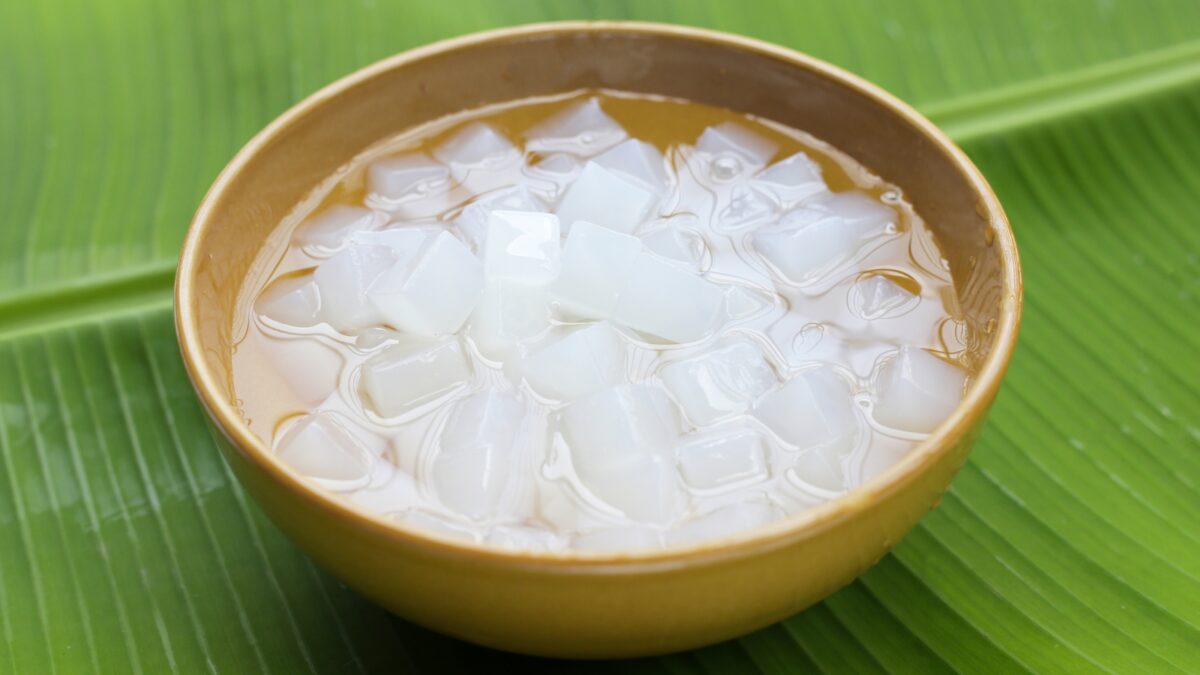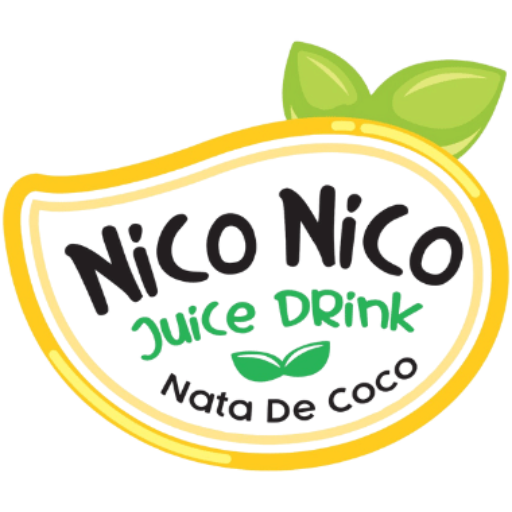Looking for a chewy, refreshing treat that fits your gluten free lifestyle? Nata de Coco gluten free is the perfect choice. Made from fermented coconut water, this translucent jelly is not only delicious but also naturally gluten free, making it safe and satisfying for everyone from casual snackers to those with celiac sensitivity. In this guide, we’ll explore what nata de coco is, how it benefits your health.
What is gluten free ?
Before we dive into what gluten-free means, it’s important to understand what gluten is. Gluten is a group of proteins found mainly in wheat, barley, and rye. It acts like a glue that helps foods hold their shape and gives dough its elasticity and chewiness. Gluten is commonly found in bread, pasta, cereal, sauces, and some processed snacks and beverages. It also has useful roles in many foods. It helps make bread soft and stretchy, lets the dough rise, and gives baked goods their chewy texture.
Gluten is sometimes seen as a problem, people with celiac disease can have serious health problems when they eat gluten because it causes damage to their small intestine. Others may have gluten sensitivity, which can lead to symptoms like tiredness, stomach pain, or headaches. For these reasons, more and more people are choosing to avoid gluten.

From this understanding, gluten-free refers to food products that do not contain gluten-based ingredients. These foods are essential for people with gluten intolerance and are increasingly chosen by those pursuing a cleaner, gentler diet for the digestive system.
Is nata de coco gluten free?
Nata de coco is a chewy, jelly-like food made by fermenting coconut water with a special type of good bacteria called Acetobacter xylinum. It was first created in the Philippines and has become a favorite topping in bubble tea, fruit salads, yogurt, and many tropical desserts.
The core ingredients of nata de coco are surprisingly simple and natural. This minimal ingredient list is what gives the product its clean label and makes it a trusted choice for health-conscious consumers:
- Coconut Water: The base ingredient, providing natural nutrients and hydration.
- Sugar: Adds sweetness to support fermentation and flavor.
- Acetic Acid (or vinegar): Helps balance the pH and aids fermentation.
- Acetobacter xylinum: A beneficial bacteria that turns the coconut water into a jelly-like texture during fermentation
Nata de coco is made from ingredients like coconut water, sugar, and acetic acid. These do not come from wheat, barley, or rye, which are the grains that contain gluten. That means nata de coco is naturally gluten free. If you’re following a gluten-free, vegetarian, or low-fat diet, nata de coco fits in easily with your daily nutritional goals.

Why nata de coco gluten free is trend healthy?
By learning more about the origin and ingredients of nata de coco, it becomes clear that this is a health-friendly food. When consumed properly, it can offer surprising benefits. Below are some of the key health advantages of including nata de coco in your diet.
- Supports digestive health: Thanks to its natural dietary fiber, nata de coco helps regulate bowel movements and promotes a healthy gut microbiome. Regular fiber intake is essential for preventing constipation and maintaining overall digestive balance.
- Aids in weight management: Because it’s low in calories and fat, nata de coco fits seamlessly into weight control plans. Its chewy consistency also encourages slower eating, helping you feel full and satisfied with fewer calories.
- Helps maintain blood sugar balance: While sweetened varieties do contain sugar, the fiber in jelly coconut may help slow down sugar absorption, leading to more stable blood sugar levels compared to traditional sweets.
- Hydration and electrolyte support: Made from coconut water, nata de coco offers mild hydration benefits. When consumed in drinks or desserts, it contributes to your daily fluid intake, especially in hot climates or after physical activity.
- Promotes Better Snacking Habits: Choosing coconut jelly over highly processed snacks means reducing trans fats, artificial additives, and empty calories. It supports a cleaner, more mindful approach to eating. In essence, nata de coco gluten free isn’t just a trend. It supports digestive wellness, weight control, hydration, and dietary safety.
Nata de coco gluten free is a trend in healthy living because it is a naturally nutritious food made from fermented coconut water. With no wheat, barley, or rye, it contains zero gluten, making it safe for people with celiac disease or gluten intolerance. More importantly, it offers real health benefits, low in calories, high in fiber, and free from artificial additives. In an age where consumers care more about clean ingredients and digestive health, nata de coco meets all the right criteria.

Frequently asked questions nata de coco (FAQs)
Still have questions about nata de coco? Here are quick, clear answers to help you understand this unique coconut-based jelly.
Is Nata de Coco gluten free?
Yes. Nata de coco is naturally gluten free because it contains no wheat, barley, or other gluten-based ingredients.
Can you make Nata de Coco at home?
Yes. You can ferment coconut water with sugar, vinegar, and a bacterial culture for 7–14 days to make nata de coco at home.
How is Nata de Coco stored?
Store unopened packs in a cool, dry place. Once opened, keep it in the fridge in syrup or water and use it within 5–7 days.
How long does it take to produce Nata de Coco?
It usually takes 7 to 14 days for fermentation and processing to complete.
Does Nata de Coco contain sugar?
Yes. Most products are sweetened, though unsweetened versions are also available for low-sugar diets.
Is Nata de Coco Vegan?
Yes, Nata de Coco is vegetarian and vegan-friendly. It’s 100% plant-based and contains no animal products.
Can Diabetics Eat Nata de Coco?
In moderation. Choose low-sugar or unsweetened varieties, and always check the label.
Nata de coco is easy to enjoy in drinks, desserts, and healthy snacks. It’s simple, satisfying, and suitable for various diets. I hope this guide has helped you better understand coconut jelly, from its origin and health benefits to answering common questions like “Is nata de coco gluten free?”. The answer is yes, and more than that, nata de coco offers a unique balance of enjoyment and wellness. It can be added to drinks and desserts or enjoyed as a light snack, all while fitting a variety of dietary needs. As more people look for natural, allergen-friendly ingredients, nata de coco cubes continues to stand out as a smart and versatile choice.


